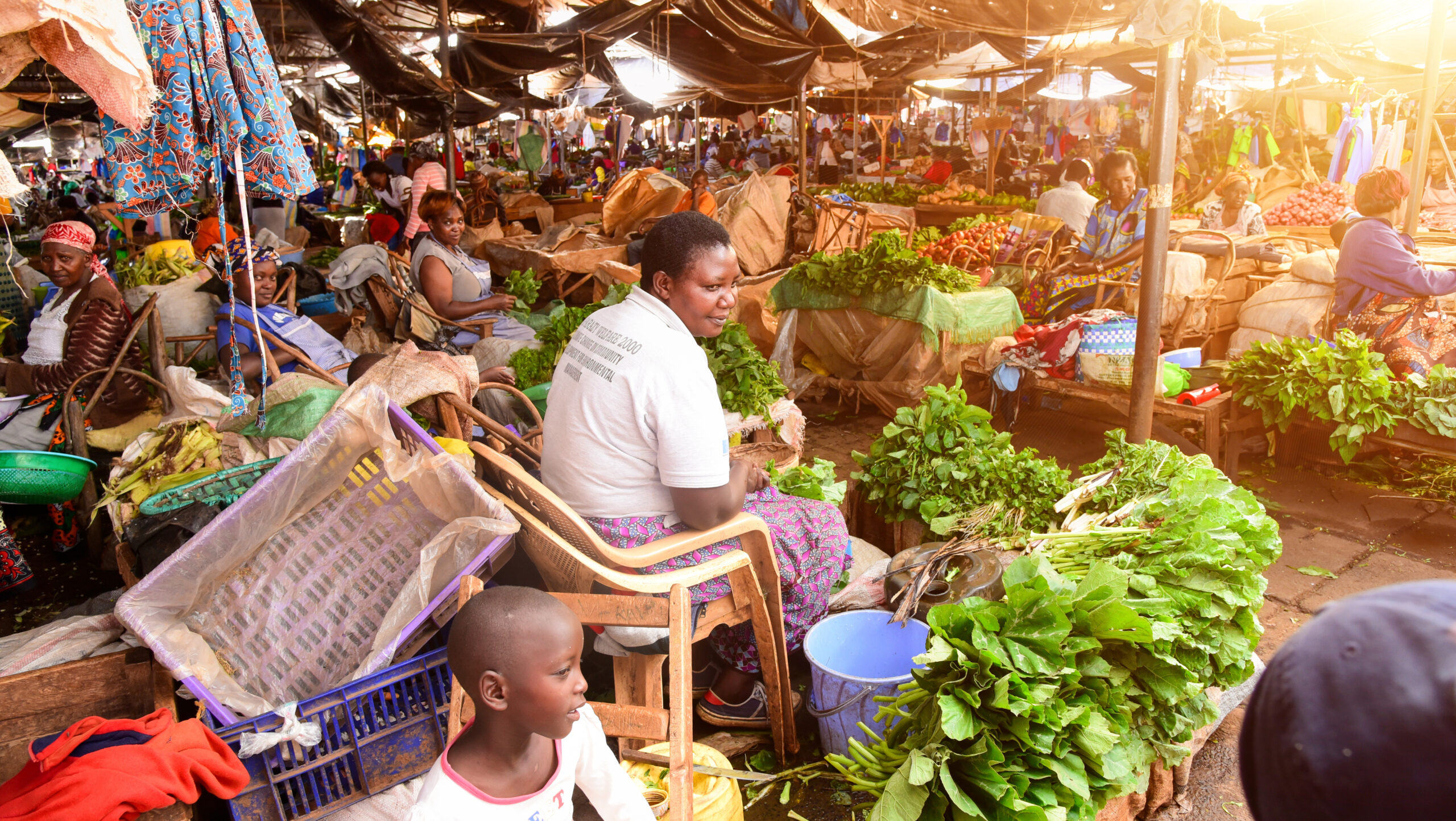Over the past four decades, countries in the Latin America and Caribbean region have experienced a rapid nutrition transition. Populations have migrated from traditional diets to diets that rely on energy-dense, nutrient-poor foods high in added sugars, sodium, and unhealthy fats. These shifts are linked to higher levels of obesity among all ages and higher burdens of non-communicable diseases (NCDs) such as diabetes. Chile is no exception—child and adolescent obesity there continues to rise amid widespread changes in the food environment in recent decades.
To address the obesity epidemic, in June 2016 the Chilean government introduced a comprehensive national food policy. Focusing primarily on children, the policy combined several components including front-of-package (FOP) labeling, marketing restrictions, and school regulations to promote healthier food environments through a multifactorial, structural approach (Figure 1). For the youngest food consumers, that meant cartoon mascots disappearing from boxes, prohibiting television and website advertising targeting youth, and the removal of junk food from schools.
Figure 1
Although the connection between the school food environment and youth diets has been well documented, in Chile, there were no evaluations of the new food policy’s impacts on children’s and adolescents’ diets. In a recent study, we aimed to fill that void, evaluating changes in children’s and adolescents’ dietary intake of key nutrients of concern (total sugars, saturated fats and sodium) under the scope of Chile’s law after the restrictions were implemented. We found that the policy had a significant impact in schools, but that consumption of key nutrients increased in out-of-school settings.
We looked at longitudinal dietary intake data collected in 2016 (pre-policy) and in 2017, 2018, and 2019 (after-policy), from participants recruited from low and middle-income neighborhoods in southeastern Santiago, Chile. Because within the food system, youth engage with food in different food environments, we assessed intake at different eating locations including home, school, and other locations (e.g., restaurants, street, cinema, among others). Dietary intake was evaluated using 24-hour recalls. Mothers responded on behalf of children (aged 4-6) and adolescents (aged 12-14) responded on their own.
A key question we sought to address was whether the new laws created a healthier food environment, or if they pushed junk food consumption into new areas of children’s lives.
Overall, we found statistically significant declines for both children and adolescents across the three nutrients of concern. For example, for children, sugar consumption fell by 11.8 percentage points, from 27.2% of dietary intake to 15.4%, while for adolescents it fell by 5.3 percentage points, from 19.5% to 14.2%. (Adolescent sodium consumption fell but the result was not significant.)
The study showed that children’s and adolescents’ consumption of key nutrients of concern significantly declined in school environments after the restrictions were implemented. Yet we also found that both groups increased their intake of these same nutrients in out-of-school settings, suggesting partial compensatory behavior among different settings. In the home environment, we also documented a decrease in children’s total sugar consumption but no changes in that of adolescents.
Unlocking further understanding of young people as autonomous consumers in the food environment can provide an opportunity to identify actions needed to achieve healthier and more sustainable diets. Thus, creating a long-term healthy food environment for Chilean youth requires more research to explore additional targeted policy changes.
What can we learn from Chile’s experience thus far, given our results?
Chile has recognized the need for bold policy actions to improve child and adolescent diets and prevent obesity and NCDs. Until 2012, many actions to promote healthier behaviors in the country were mostly focused at the individual level—for example, providing nutrition education without fostering an enabling environment to apply the knowledge and make healthier choices. However, this approach was not effective. Such individual or isolated actions tend to be limited in scope; affecting food environments as a whole should be more conducive to healthier and sustainable diets. What’s unique about Chile’s law is that it takes this broader approach; it isn’t only a labeling regulation, but a comprehensive set of actions that includes restrictions on marketing as well as school regulations.
Yet building momentum for such policies was not easy. Chile was the first country in the world to propose such a policy package, and the effort faced significant pushback from the food and beverage industry. Following discussions between the Ministry of Health, politicians, and the food industry, the Chilean Senate approved the law in 2012—six years after the bill was introduced. It then took another four years to be implemented. Countries in the process of designing or implementing similar regulations should expect similar political challenges, and be prepared to respond with arguments based on evidence.
Still, the Latin America and Caribbean region has been a global leader on the implementation of national laws and regulations to modify the food environment to address the obesity and NCDs epidemic. Some of the policies put in place include mandatory, national front-of-pack warning labels on packaged foods in Chile, Peru, Uruguay, and Argentina; sugar-sweetened beverages taxation in Mexico and Chile; child-directed marketing restrictions in Argentina, Brazil, Chile, Peru, and Mexico; and modifications in the school food environment in Mexico, Uruguay, and Chile.
Another implication of our study is that such policies should not just focus on school settings, but more generally on food environments—for example, junk food taxes, the reinforcement of nutrition education in communities, social marketing campaigns, menu labeling in restaurants, and improving the availability and (acceptability) of healthier foods by street vendors. These and other actions could complement current efforts to make diets healthier and sustainable.
Countries should also consider ways to overcome structural barriers that limit people’s ability to choose healthier foods and combine mutually reinforcing strategies to stimulate a holistic food-systems response that allows everyone access to affordable, healthier foods.
Gabriela Fretes is an Associate Research Fellow with IFPRI’s Nutrition, Diets, and Health Unit.
Additional resources:
Infographic produced by the Duke World Food Policy Center
Podcast episode in “The Leading Voices in Food”: E203: It works – Chile’s Law if Food Labeling and Marketing
Referenced paper:
Fretes, G., Corvalán, C., Reyes, M. et al. Changes in children’s and adolescents’ dietary intake after the implementation of Chile’s law of food labeling, advertising and sales in schools: a longitudinal study. Int J Behav Nutr Phys Act 20, 40 (2023). https://doi.org/10.1186/s12966-023-01445-x
This work was supported by Bloomberg Philanthropies, International Development Research Centre (IDRC); Comisión Nacional de Investigación Científica y Tecnológica (CONYCYT); a doctoral fellowship received by G.F. from Becas Don Carlos Antonio López Doctorado 2017, Carolina Population Center; and the research program on Innovative Methods and Metrics for Agriculture, Nutrition and Health Actions (IMMANA), funded by the UK Foreign Commonwealth and Development Office (FCDO), and the Bill and Melinda Gates Foundation.







